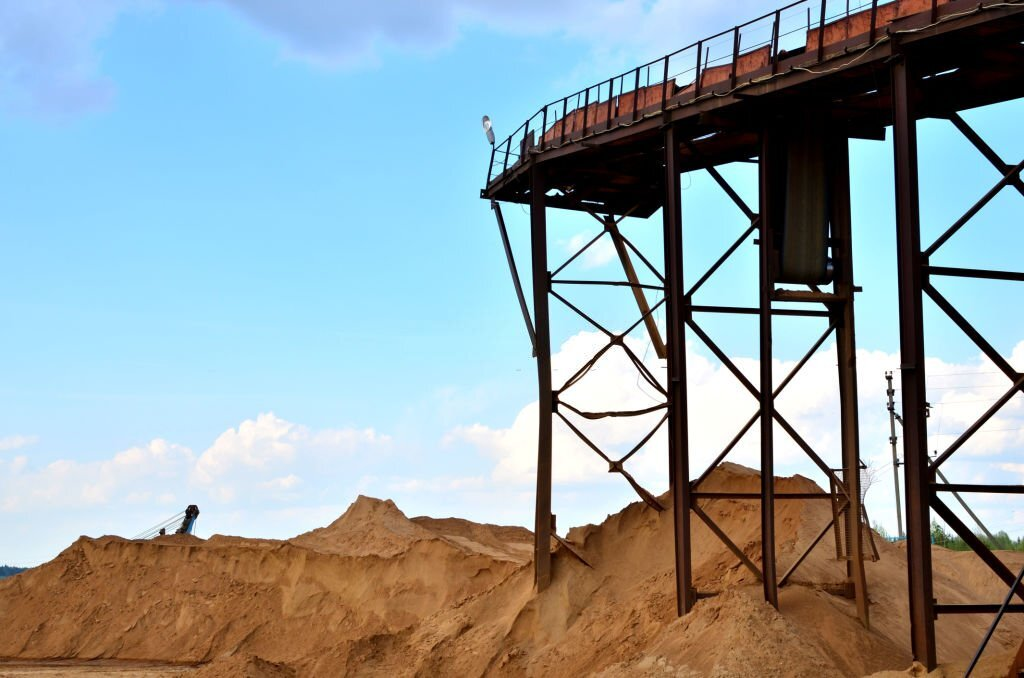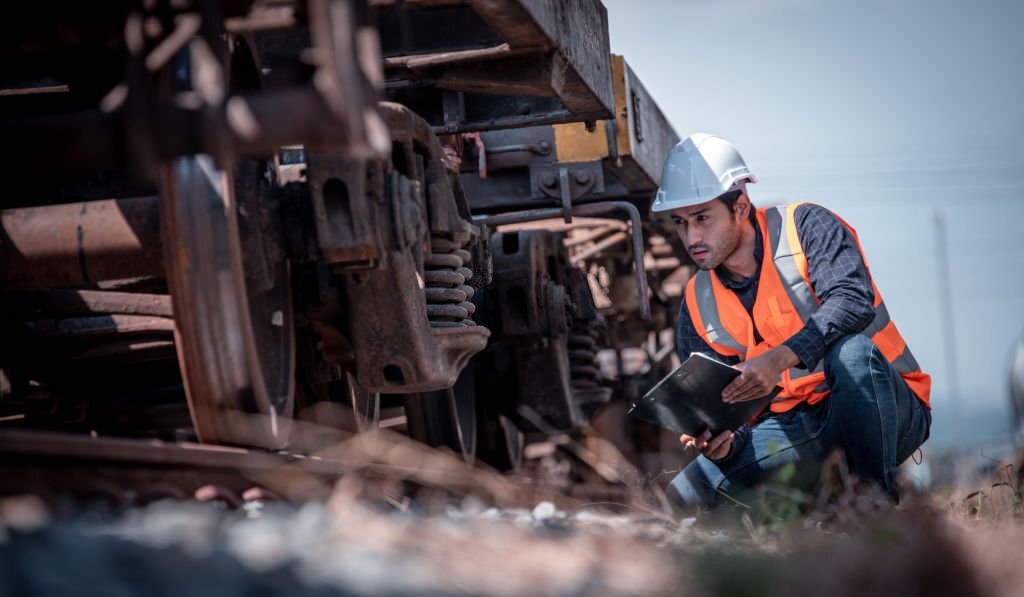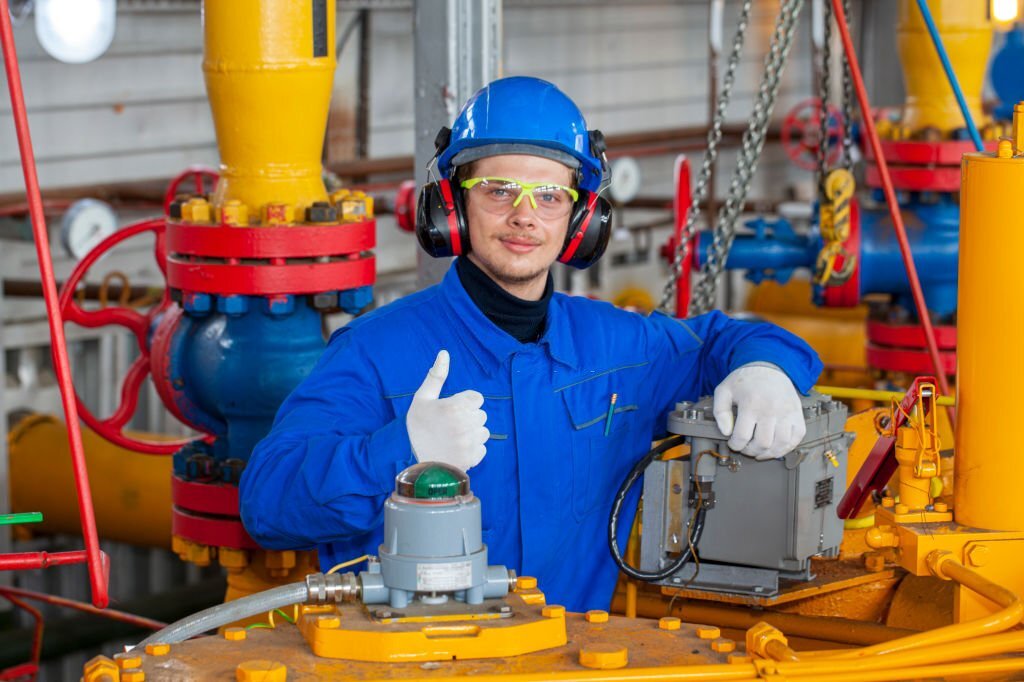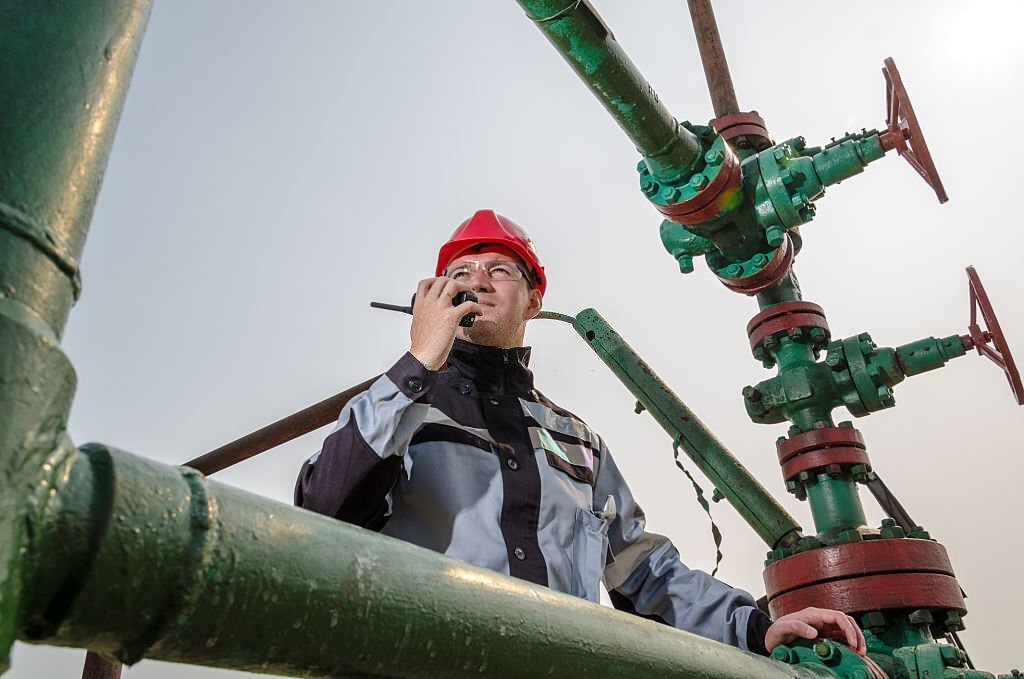
Crushing and screening equipment play pivotal roles in various industries, including mining, construction, and aggregates. These machines are responsible for breaking down large materials into smaller, manageable sizes, making them essential for operations in quarries, construction sites, and processing plants. To ensure their longevity and optimal performance, it’s crucial to understand and adhere to maintenance requirements. In this article, we will delve into the essential maintenance practices for crushing and screening equipment.
1. Regular Inspection and Lubrication

Routine inspections are the foundation of equipment maintenance. Operators should inspect the equipment daily or before each shift, checking for any signs of wear, damage, or loose parts. Lubrication is also crucial to prevent friction and ensure smooth operation. Adequate lubrication of bearings, belts, and other moving parts reduces wear and tear, extends component life, and improves efficiency.
2. Cleaning and Housekeeping
A clean machine is a happy machine. Dust, dirt, and debris can accumulate in various parts of crushing and screening equipment, leading to performance issues and potential breakdowns. Regularly cleaning the equipment and keeping the surrounding area free from debris can significantly extend its lifespan and reduce the risk of operational problems.
3. Component Replacement and Wear Parts

Over time, certain components and wear parts in crushing and screening equipment will wear out and need replacement. Common wear parts include crusher liners, screen media, and conveyor belts. Keep a record of the equipment’s usage and replace these parts according to the manufacturer’s recommendations to maintain optimal performance.
4. Monitoring and Adjusting Settings
Monitoring the equipment’s performance is vital to catch any irregularities early. This includes checking the machine’s settings and adjusting them as needed to achieve the desired output. Monitoring can help identify issues such as imbalanced screens or misaligned belts that, if left unaddressed, can lead to more significant problems.
5. Safety Checks

Safety should always be a top priority. Regularly inspect safety features like emergency stops, guards, and warning signs to ensure they are functioning correctly. It’s also crucial to train operators and maintenance personnel on safety procedures and the safe operation of the equipment.
6. Keep Detailed Records
Maintaining comprehensive records of maintenance activities is essential. This includes tracking inspections, repairs, and component replacements. Having a maintenance log helps identify trends and patterns that can inform future maintenance schedules and equipment upgrades.
7. Professional Servicing

While regular maintenance can address many issues, it’s also essential to schedule professional servicing at recommended intervals. Manufacturers often provide guidelines for when professional technicians should inspect and service the equipment. These experts can identify hidden problems and perform more in-depth maintenance tasks.
8. Environmental Considerations

Consider the environmental factors in which your equipment operates. Extreme temperatures, humidity, or corrosive materials can impact the equipment’s lifespan. Take appropriate measures to protect the machinery and ensure it operates optimally in its specific environment.
Conclusion
Crushing and screening equipment are indispensable in industries that rely on material processing and handling. By following these maintenance requirements diligently, you can optimize the performance and extend the lifespan of your equipment, reducing downtime and overall operational costs. Regular inspection, cleaning, component replacement, safety checks, and professional servicing are key elements of a successful maintenance program. Investing in proper maintenance not only ensures the longevity of your equipment but also enhances safety and productivity in your operations.

